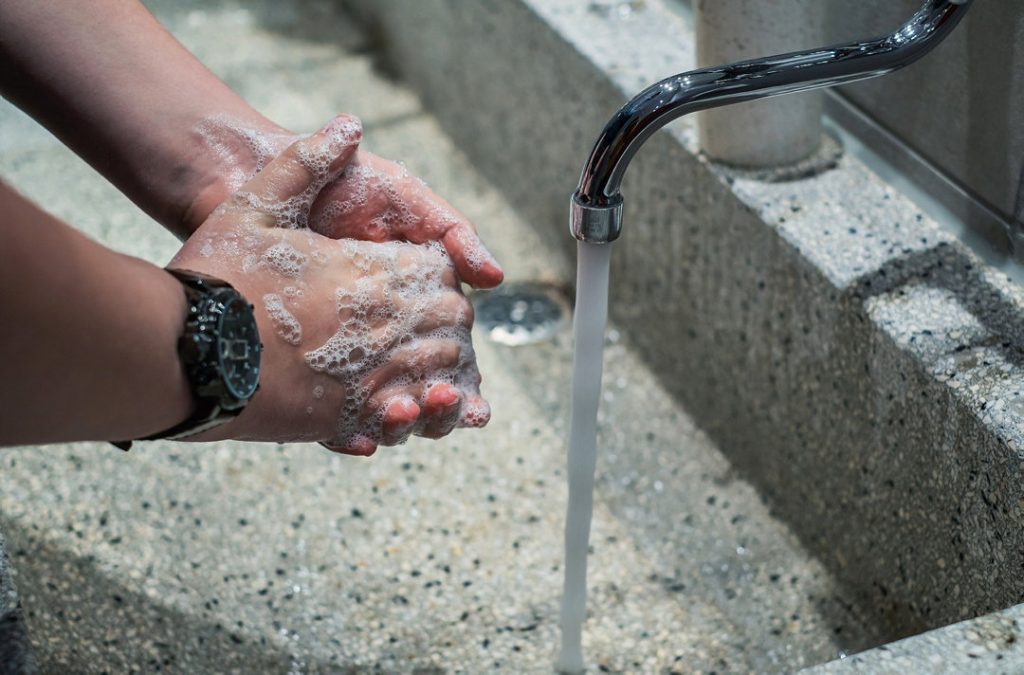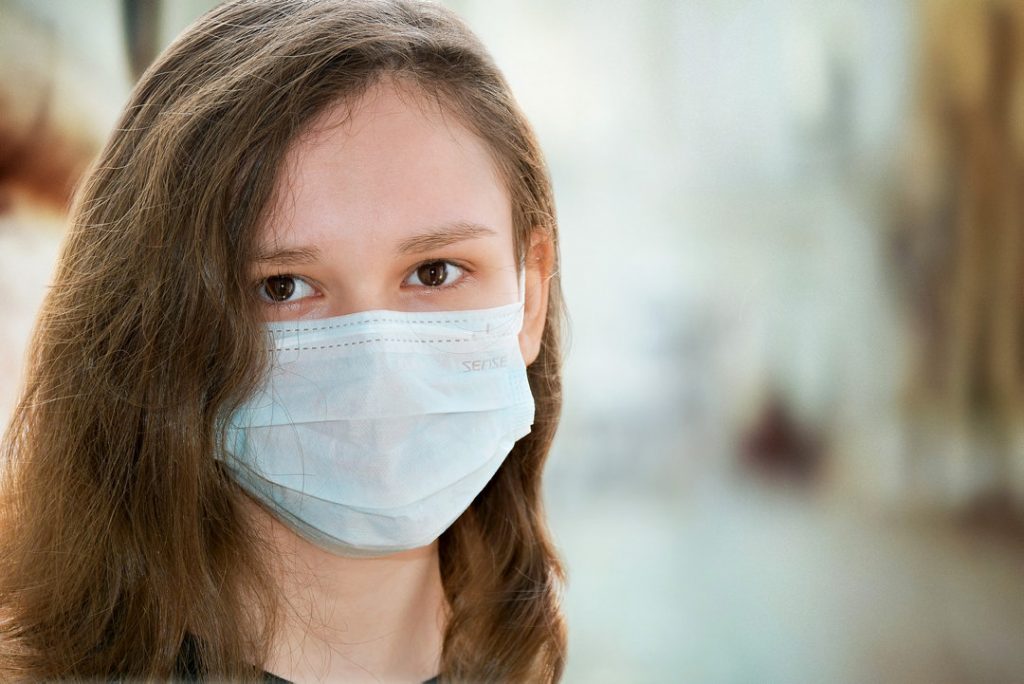BY TERI LYON
Most of us are dutifully social distancing, scrubbing our hands until they are raw and sanitizing our groceries to prevent COVID-19 from making us or our families sick.
But sadly, there is still a chance that the coronavirus might get into our households. For the loving caregivers of those recovering at home in those instances, the Centers for Disease Control and Prevention has plenty of good information and advice.
Limit contact
According to the CDC, COVID-19 spreads between people who are within about six feet of each other through respiratory droplets, created when someone talks, coughs or sneezes.
Therefore, a caregiver should not be at high risk for COVID-19 and should limit contact with the sick family member. This includes using separate bedrooms and bathrooms, if possible. If caregivers have no choice but to share a bedroom with their sick loved one, they should open a window and turn on a fan to increase air circulation. If sharing a bathroom, the sick person ideally should clean and disinfect it after each use. If they are not able, the caregiver should wait as long as possible before cleaning and disinfecting the bathroom before use.
Other CDC guidelines:
- Avoid unnecessary visitors, especially those at higher risk for severe illness.
- Eat in separate rooms or areas with the sick person eating or being fed in their room.
- Wash hands often with soap and water for at least 20 seconds or use a hand sanitizer that contains at least 60 percent alcohol.
- Wash dishes and utensils using gloves and hot water or in a dishwasher.
- Clean hands after taking off gloves or handling used items.
- Don’t share dishes, cups/glasses, silverware, towels, bedding or electronics with the person who is sick.

SUBMITTED PHOTO
Make sure to wash your hands often with soap and water for at least 20 seconds or use a hand sanitizer that contains at least 60 percent alcohol.
Wear masks and gloves
According to the CDC, the person who is sick should wear a cloth face covering. Cloth face coverings should not be placed on young children under age 2, anyone who has trouble breathing, or is not able to remove the covering without help.
Caregivers should wear gloves when touching the sick person or when they have contact with blood, stool, or body fluids, such as saliva, mucus, vomit and urine. Throw out disposable gloves and other contaminated items into a lined trash can. Use a special trash can for the sick person.
The CDC advises practicing everyday preventive actions such as cleaning hands often, avoiding touching the eyes, mouth and nose with unwashed hands, and frequently cleaning and disinfecting surfaces.
Launder with care
According to the CDC, dirty laundry from a sick person can be washed with other household laundry, but caregivers should follow these instructions:
- Do not shake dirty laundry.
- Wear disposable gloves while handling dirty laundry.
- Wash items according to the label instructions. Use the warmest water setting you can.
- Remove gloves, and wash hands right away.
- Dry laundry, on hot if possible, completely.
- Wash hands after putting clothes in the dryer.
- Clean and disinfect clothes hampers. Wash hands after.
Caregivers should monitor their own health for COVID-19, says the CDC. Symptoms include fever, cough, and shortness of breath. The CDC provides a self-checker tool to help with decisions about seeking appropriate medical care. However, it advises those having trouble breathing to call 911.
Further details are available from cdc.gov.
Teri Lyon is a Mom, Grandmom and freelance writer who lives in Glenburn Twp.




